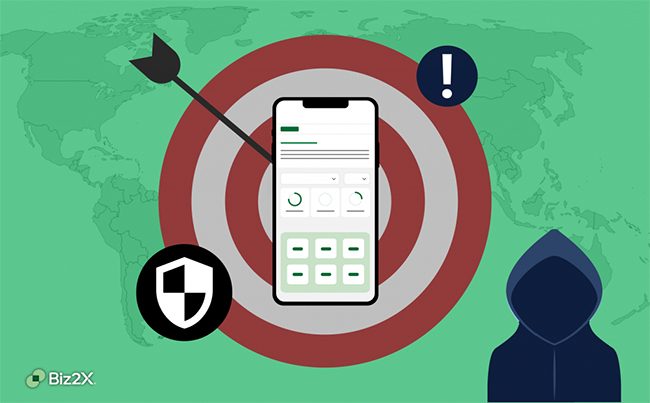In 2024, several tax changes are expected to come into effect, potentially influencing lending practices, interest rates, and loan structures. Understanding these changes is crucial for lenders to maintain compliance and adapt their strategies accordingly.
Key Tax Changes in 2024 for Lenders
The Internal Revenue Service has announced several key tax changes for 2024 that impact lenders. These changes, outlined in Internal Revenue Bulletin: 2023-48, include adjustments to tax rate schedules, standard deductions, and other tax provisions, that may affect how lenders assess borrower affordability and structure loan products.
Hazardous Substance Superfund Financing Rate Increase
According to the IRS:
“Starting in calendar year 2023, the Inflation Reduction Act reinstates the Hazardous Substance Superfund financing rate for crude oil received at U.S. refineries, and petroleum products that entered into the United States for consumption, use, or warehousing. The tax rate is the sum of the Hazardous Substance Superfund rate and the Oil Spill Liability Trust Fund financing rate. For calendar years beginning in 2024, the Hazardous Substance Superfund financing rate is adjusted for inflation. For calendar year 2024 crude oil or petroleum products entered after Dec. 31, 2016, will have a tax rate of $0.26 cents a barrel.”
This change could affect lenders involved in financing the oil and petroleum industry, as it impacts the cost structure of these businesses.
Individual Taxpayers
Standard Deduction Increase
For individual taxpayers, the standard deduction has been increased across all filing statuses. For married couples filing jointly, the standard deduction rises to $29,200, an increase of $1,500 from the previous year. Single taxpayers and married individuals filing separately will see their standard deduction rise to $14,600, and for heads of households, it will be $21,900. These adjustments can influence lenders' assessments of borrowers' disposable income and overall financial health.
Marginal tax rates
Marginal tax rates for 2024 remain largely unchanged, with the top tax rate at 37% for single taxpayers with incomes greater than $609,350 and married couples filing jointly with incomes above $731,200. However, the income thresholds for other tax brackets have been adjusted, which could impact the tax liabilities of borrowers and their ability to service loans.
Alternative Minimum Tax
The Alternative Minimum Tax (AMT) exemption amount has also been adjusted for inflation. For tax year 2024, the AMT exemption amount is $85,700, phasing out at $609,350 for single filers, and $133,300 for married couples filing jointly, phasing out at $1,218,700. Lenders should be aware of these changes as they can affect the tax obligations of their borrowers, especially those in higher income brackets.
Earned Income Tax Credit
The Earned Income Tax Credit (EITC) maximum amount for 2024 is $7,830 for taxpayers with three or more qualifying children, an increase from $7,430 in 2023. This adjustment can impact the disposable income of borrowers who qualify for the EITC, potentially affecting their loan repayment capabilities.
Revised Mileage Rates
The IRS has updated the standard mileage rate to 58 cents per mile for business-related transportation expenses. Lenders should be aware of this change as it could impact the operating expenses of small businesses that rely heavily on vehicle use, influencing their loan repayment abilities.
Employer Tax Credits
New tax credits have been introduced to incentivize small businesses to provide certain employee benefits, such as paid family and medical leave, adoption assistance, or educational assistance. Lenders should consider these credits when assessing the financial health and sustainability of small businesses, as they can lead to potential savings and improved employee retention for borrowers.
Other Changes
Other notable changes include adjustments to the monthly limitations for qualified transportation fringe benefits and qualified parking, the dollar limitation for employee salary reductions for contributions to health flexible spending arrangements, and the foreign earned income exclusion. Additionally, the basic exclusion amount for estates of decedents who die during 2024 has been increased to $13,610,000, and the annual exclusion for gifts has risen to $18,000.
For lenders, these tax changes necessitate a review of underwriting guidelines, loan product offerings, and borrower affordability assessments in order to maintain compliance, and manage risks.
Adapting to Tax Changes: Tips for Lenders
To effectively adapt to tax changes, lenders should consider the following strategies:
- Consult with Tax Experts: Regular consultations with tax professionals can provide banks and lenders with up-to-date information and guidance on tax-related matters.
- Leverage Financial Software: Investing in financial software that can accommodate tax changes can streamline reporting and compliance processes.
- Attend Industry Seminars: Participating in seminars and workshops focused on tax regulations in the lending industry can enhance lenders' understanding of the evolving tax landscape.
- Review Policies and Procedures: Lenders should periodically review their policies and procedures to ensure they align with current tax regulations and can accommodate future changes.















